PDF chapter test TRY NOW
Food poisoning:
Food poisoning is a disease caused by the presence of many microorganisms in food or the presence of harmful substances in food produced by the action of microorganisms. The food becomes toxic due to these substances, causing a lot of illness and even death.
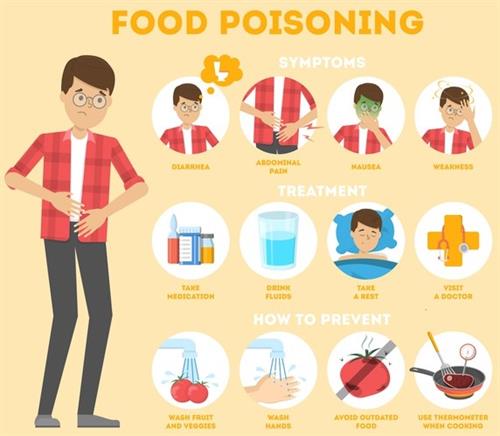
Showing the symptoms, treatment and preventive measures of food poisoning
Bacteria cause the sourness of milk and the rotting of potatoes, other vegetables, and fruits. Moulds and other fungi may grow on bread and other foods. Fruits also become acidic as a result of yeast fermentation.
The food starts giving foul smell, bad taste and colour may also change. The spoiling of food is a chemical change such food, if eaten, can lead to food poisoning.
Consumption of spoiled food items can lead to vomiting, diarrhoea, headache and fever. It is caused by bacteria such as Salmonella and Clostridium, fungus-like Aspergillus, etc.
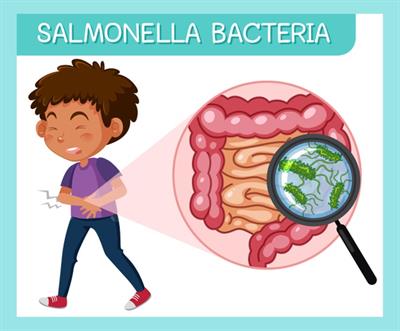
Presence of the Salmonella bacteria in the intestine
Food preservation:
Food preservation refers to preventing food spoilage through the use of appropriate chemical or physical methods.
Various techniques can be used to protect food from being spoiled by the action of microbes.
Some of them are listed here:
1. Drying or dehydration: It refers to the process of removing water from food materials. Food microorganisms stop growing in the absence of moisture. This method is used to preserve vegetables, pulses, spices, and dry fruits.
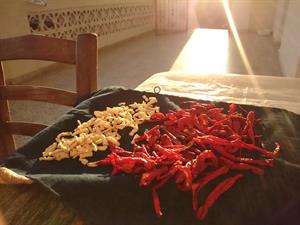
Dried chillies in the picture showing the preservative method - drying or dehydration
2. Special preservatives: Preservatives such as sodium benzoate and sodium metabisulphite are commonly used to inhibit the growth of microbes. To prevent spoilage, they are added to pickles and also used in jams and squashes.
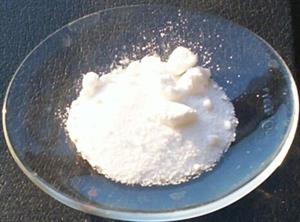
Chemical in the picture is sodium metabisulphite which act as a food preservative
3. Preservation by common salt: For centuries, common salts have been used to preserve meat and fish. Salting is also used to preserve amla, raw mangoes, tamarind, and other fruits and vegetables.
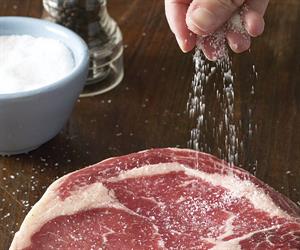
Salt - a common chemical used in our daily food can be used as a food preservative
4. Preservation by sugar: Sugar is used to preserve jams, jellies, and squashes. It reduces moisture content, preventing the growth of bacteria that spoil food.
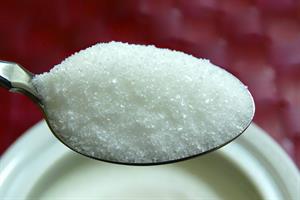
Sugar - a common chemical used in our daily food can be used as a food preservative
5. Preservation by vinegar: Vinegar is also used as a preservative in pickles, allowing them to be used for a longer period of time. Bacteria cannot survive in such an environment if this preservative method is used. This method is commonly used to keep vegetables, fruits, fish, and meat fresh.
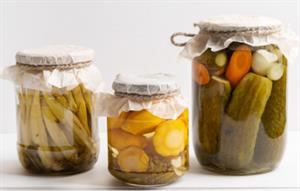
Vinegar preservation is shown in the above picture
6. Preservation by oil: Oil in pickles can save it from getting spoiled, from fungal or bacterial growth as it is stored for a longer period.
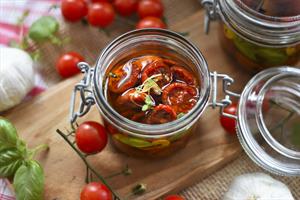
Pickles - a long durable food is preserved well with the help of oil
7. Hot and cold treatments: Many microorganisms are killed by boiling. Similarly, we keep our food items in the refrigerator because low temperatures prevent microbe growth.
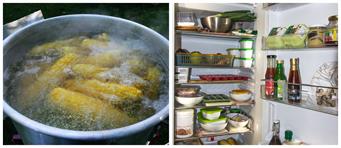
Left to right: Boiling of corn inside a hot vessel and storage of food inside a refrigerator
8. Pasteurisation: Pasteurisation is a method of preserving milk. It involves heating milk to around \(70\) degrees Celsius for \(15\) to \(30\)seconds. And then it quickly cooled to a very low temperature. This milk is then refrigerated. Because pasteurised milk is free of harmful microbes, it can be consumed without being boiled. Milk in packets does not spoil because it has been pasteurised. Louis Pasteur discovered the process. So, it is called Pasteurization.
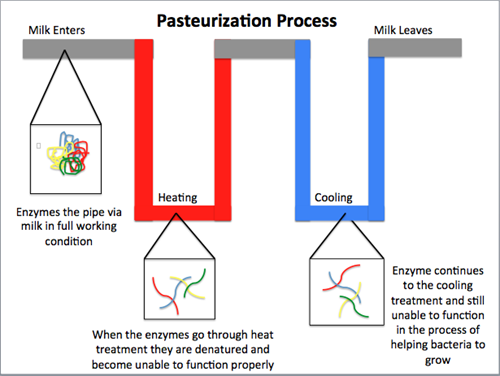
The process of Pasteurization
9. Irradiation: It is a modern method of preserving food. The food is exposed to severe gamma or x-rays. These powerful radiations destroy the harmful microorganisms. We can store food for longer periods by using this method.
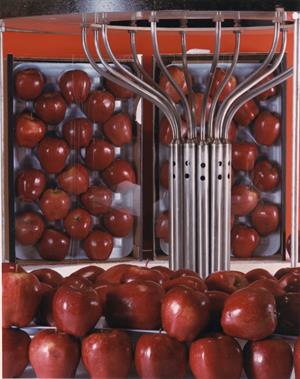
Cobalt-60 irradiation facility is used to test irradiation as a tool to ensure food safety.
10. Vacuum drying: This process can preserve milk. Milk is converted into milk powder by removing the moisture content from it.
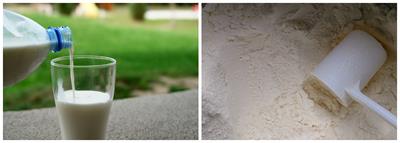
Left to right: Milk and milk powder
11. Proper storage and packing: Dry fruits and vegetables are sold in sealed and airtight packets to prevent the attack of microbes.
Reference:
https://upload.wikimedia.org/wikipedia/commons/b/b0/Food_drying.jpg
https://en.wikipedia.org/wiki/Sodium_metabisulfite#/media/File:Sodium_metabisulfite.jpg
https://www.freepik.com/premium-photo/jars-pickled-vegetables_5360054.htm
https://pixabay.com/photos/canning-relish-pickle-626204/
https://pixabay.com/photos/refrigerator-icebox-food-cold-1809344/
https://en.wikipedia.org/wiki/Food_irradiation#/media/File:Cobalt-60_Irradiator.tif
https://commons.wikimedia.org/wiki/File:Milk_powder.jpg
https://pixabay.com/photos/drink-white-milk-goat-milk-product-1818548/
https://www.freepik.com/premium-vector/food-poisoning-symptoms-infographic-nausea-pain_10028869.htm
https://www.freepik.com/premium-vector/boy-having-salmonella-bacteria_10163883.htm
https://upload.wikimedia.org/wikipedia/commons/c/c8/Simple_Pasteurization.png
